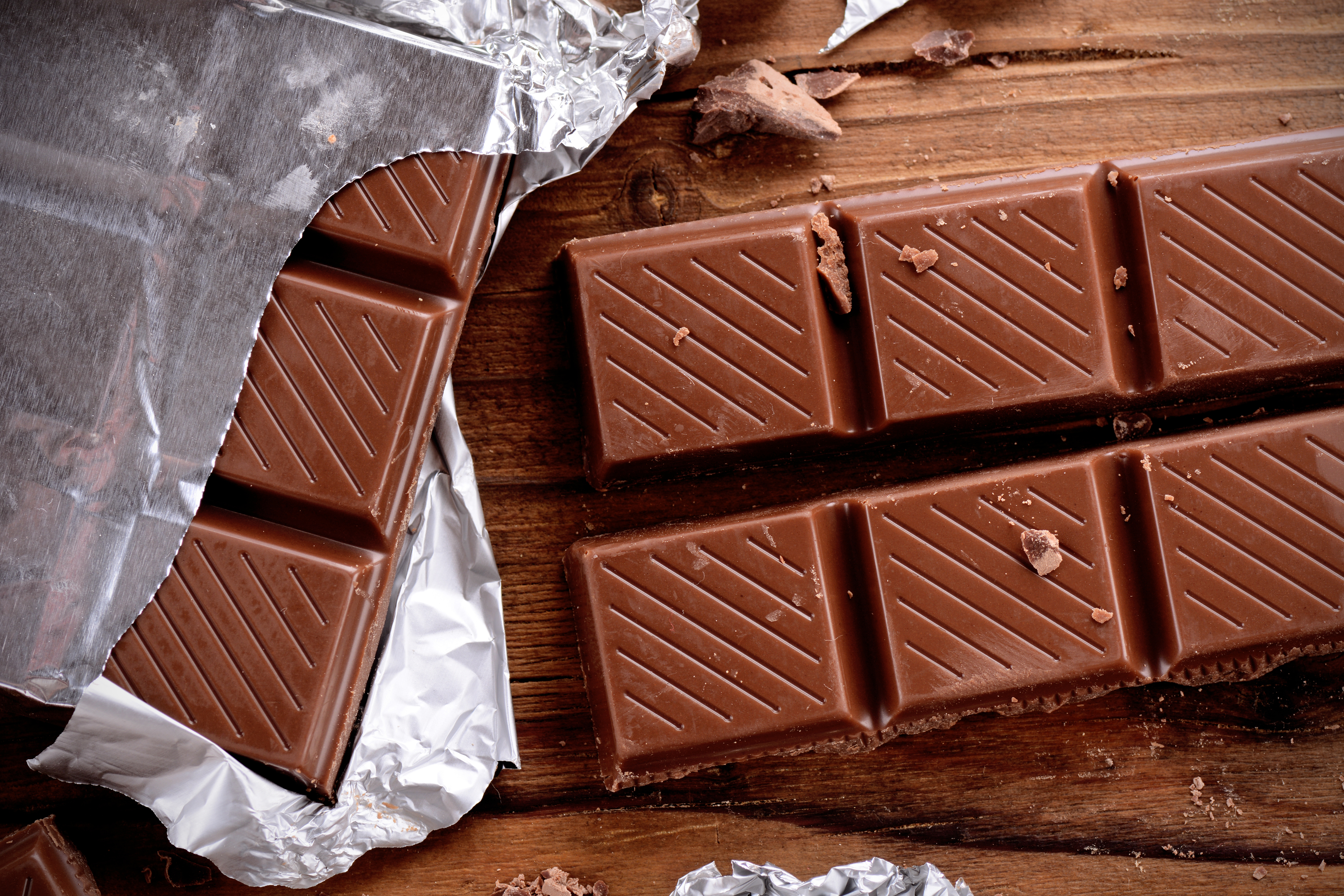
PEOPLE who regularly eat chocolate may have a lower risk of developing an irregular heartbeat, a new study has found.
Atrial fibrillation is a heart condition that causes an irregular and often abnormally fast heart rate.
But a new study has linked regular chocolate consumption to having a lower risk of the condition – which affects around one million people in the UK.
Patients with atrial fibrillation have higher rates of heart failure, hospitalisation, stroke and cognitive impairment.
Following on from previous studies which have linked chocolate, particularly dark chocolate, to good heart health, a team of international experts set out to asses the link between chocolate consumption and atrial fibrillation or flutter.
They examined data on 55,500 people aged 50 to 64 who were taking part in the Danish Diet, Cancer and Health Study.
Participants provided information on their usual weekly chocolate consumption.
During a 13-year follow-up period, 3,346 cases of atrial fibrillation or flutter were identified.
The study, published in the journal Heart, concluded that higher levels of chocolate intake were associated with a lower rate of clinically apparent atrial fibrillation among men and women.
The newly-diagnosed atrial fibrillation rate was 10% lower for those who ate between one and three 30g servings of chocolate a month than it was for those who consumed less than one serving a month.
The associations were strongest for one serving per week for women and between two and six servings a week for men.
But the authors caution that more often than not, chocolate is eaten in high calorie products containing fat and sugar, which are generally not considered good for heart health.
A linked editorial also questions whether the results could be applied “outside of the study population”.
The authors, from the Duke Centre for Atrial Fibrillation in North Carolina, USA, wrote that chocolate eaters in the study were healthier and more highly educated – factors associated with better general health – which might have influenced the findings.
The authors also highlight that European chocolate has a higher percentage of cocoa compared to countries such as the USA.

Enjoy the convenience of having The Sunday Post delivered as a digital ePaper straight to your smartphone, tablet or computer.
Subscribe for only £5.49 a month and enjoy all the benefits of the printed paper as a digital replica.
Subscribe